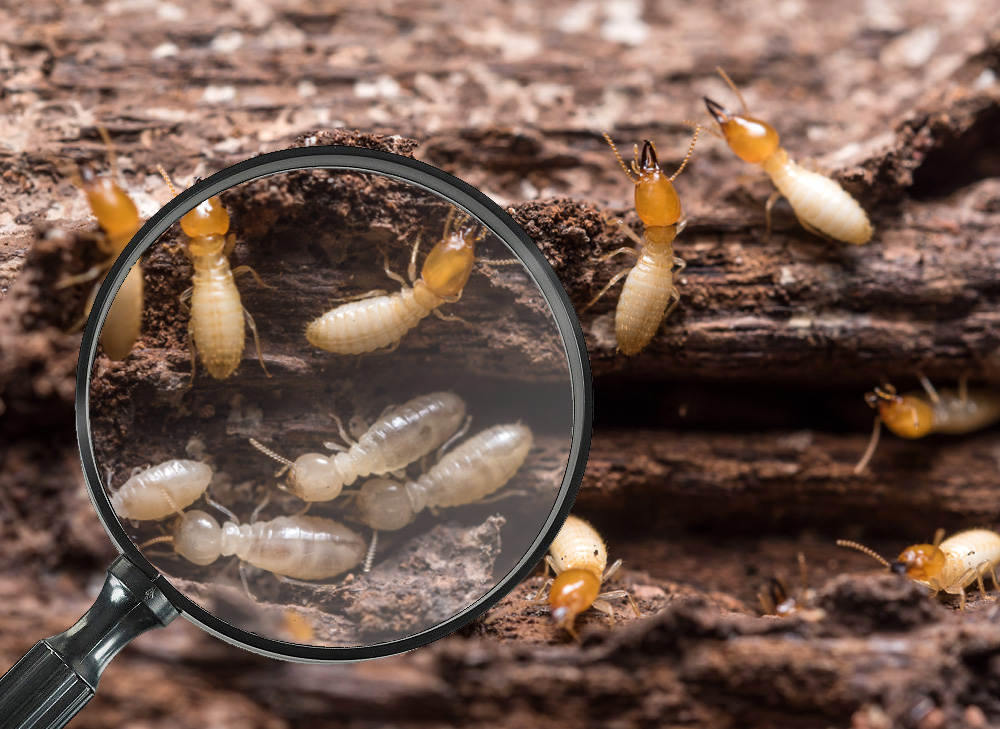Common wood-destroying insects in areas around Ohio and Pennsylvania include termites, carpenter ants, carpenter bees, and wood-boring beetles. These types of pest insects feed on, tunnel through, and nest inside of wood, potentially causing thousands of dollars worth of structural damage to a single house or building.

A Wood Destroying Insect Inspection Report, commonly abbreviated as WDI or WDIR, is a report that details findings from a thorough visual inspection of a home by a certified pest control company. The inspection specifically looks for signs of wood-destroying insects, especially termites, and provides professional recommendations for treatment. The standard report uses form NPMA-33 from the National Pest Management Association. A WDIR is important because you want to know the exact condition of the home that you are investing in. Getting a WDI inspection done before buying or selling a home can save thousands of dollars in potential structural damage caused by termites and other insects. In some cases, a WDI report may also be required to obtain a mortgage from the bank.
Termites – Eastern subterranean termites are commonly found in the Northeast. They live in underground colonies and feed on wood.
Carpenter Ants – Carpenter ants build their nests in damp or decaying wood, often damaged by mold.
Carpenter Bees – Carpenter bees don’t eat wood, but they can cause damage by drilling holes to creating tunnels inside wooden structures.
Wood-Boring Beetles – Wood-boring beetles lay their eggs within cracks and holes found in wood. Their larvae gradually eat their way out over a span of several years.

Live or dead insect specimens
Mud tubes, or shelter tubes
Tiny holes in wood (bore/exit holes)
Visible damage to wood and structures
Hollow, blistering, or darkening wood
Peeling or bubbling paint on wooden surfaces
Discarded termite swarmer wings near doors and windowsills
Insect droppings, or frass
WDI inspections are visual inspections only, which means that the inspector will only be looking at readily accessible and unobstructed areas, both on the inside and outside perimeters of your home. The inspector will not open walls, flooring, or ceilings as part of a WDI inspection.
Wood-destroying insects such as termites cause billions of damage for homeowners each year in the United States. An incomplete or inaccurate inspection may cost you a lot more money in the long run.
“The inspection firm cannot guarantee that any wood destroying insect infestation and/or damage disclosed by this inspection represents all of the wood destroying insect infestations and /or damage which exist as of the date of the inspection…
…There is no warranty, express or implied, related to this report unless disclosed as required by state regulations or a written warranty or service agreement is attached.”
If you want peace of mind, knowing that your new home is safe from these destructive pests, you’ll want to consider hiring a certified, experienced, and reputable company, even if it costs a little more.
Who pays for the WDI inspection report is a negotiable item. In most cases, the buyer will request and pay for the inspection, especially if the WDI report is required for the mortgage. In other cases, buyers who live in areas with a high likelihood of termite infestations will want to include the inspection as part of the contract contingency and ask the seller to pay for it.
$185 up to 2000SF + $25 per 250SF after